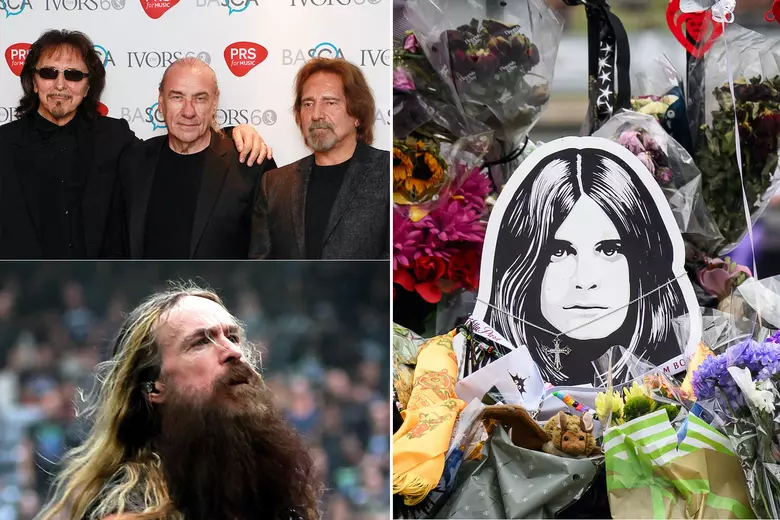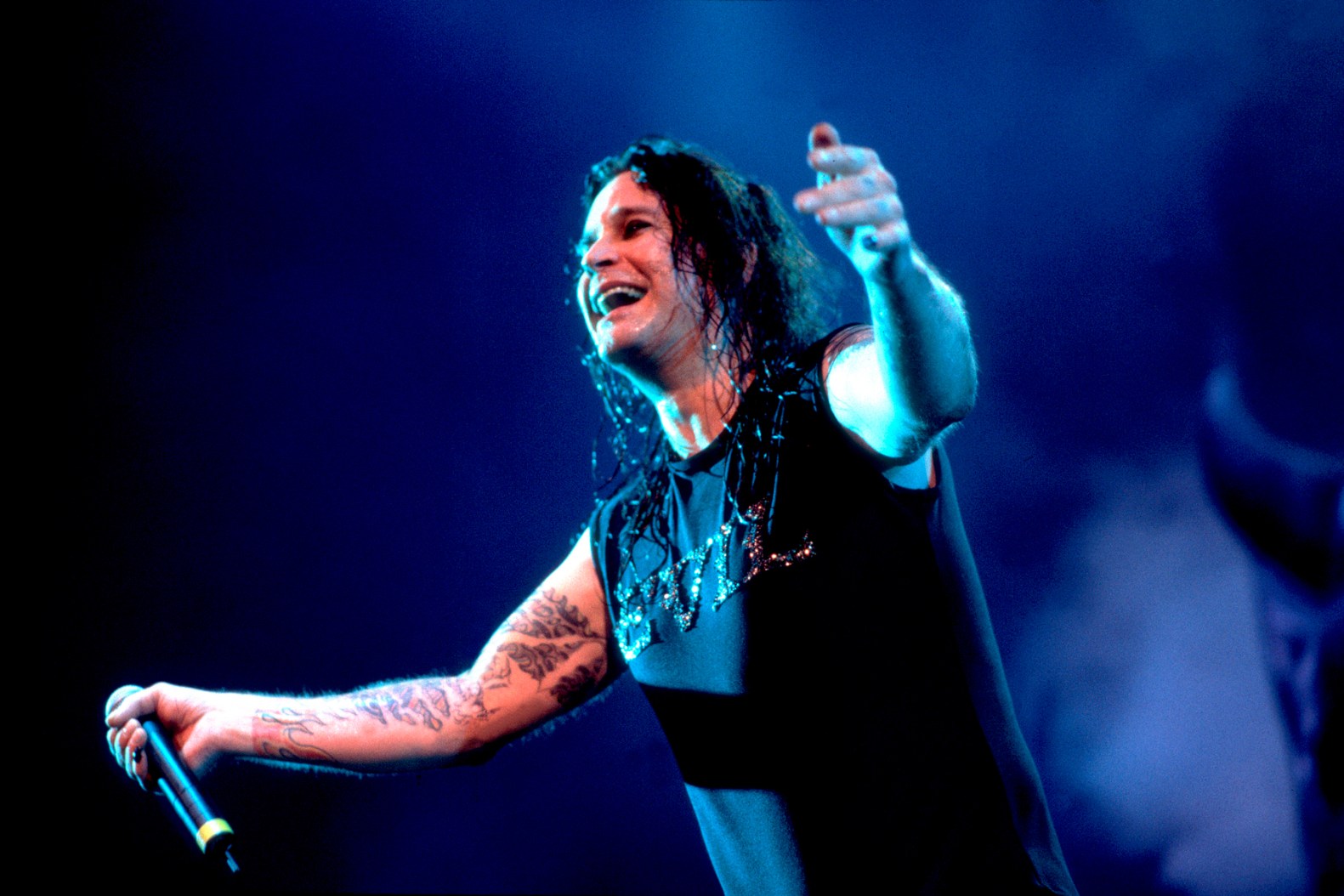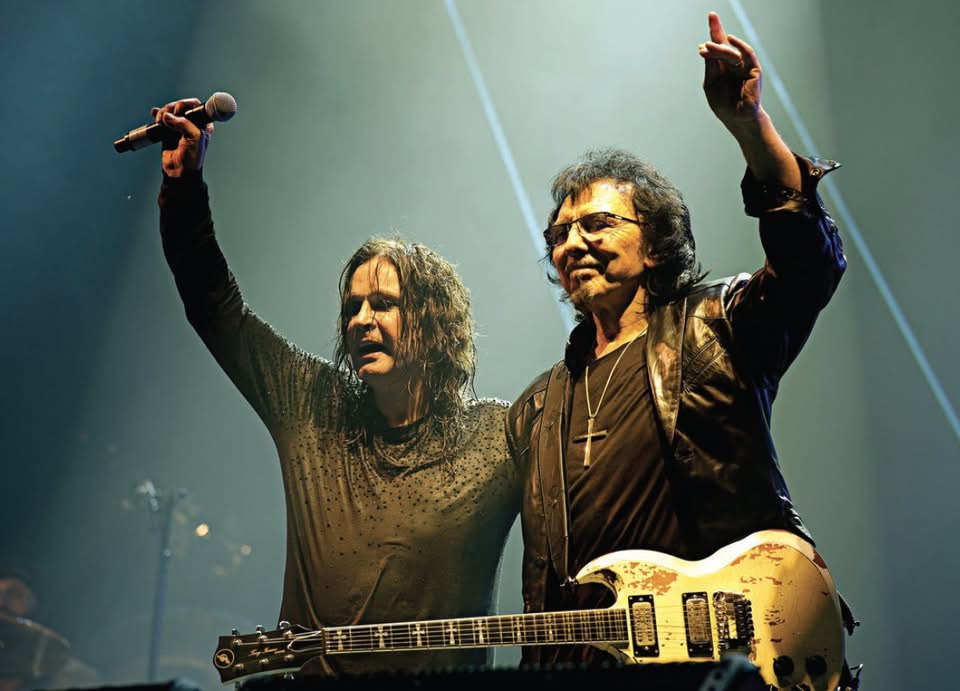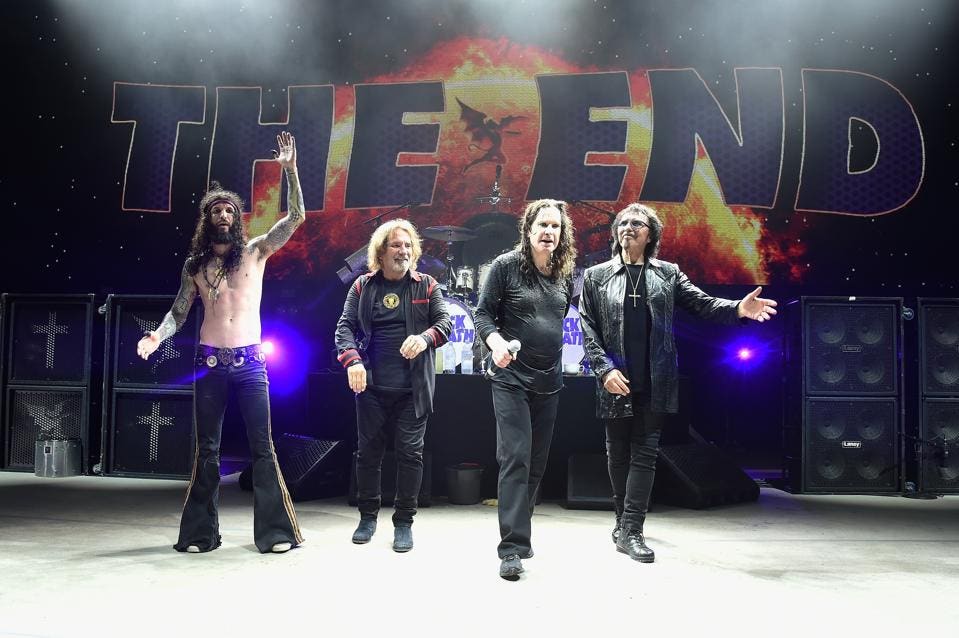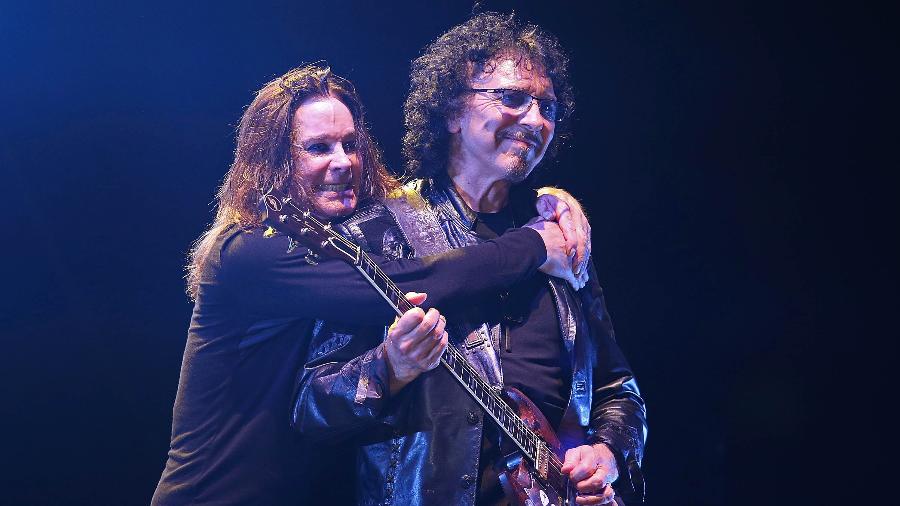Rock Royalty Mourns Ozzy Osbourne at G…read more
Thousands of mourners, a constellation of rock legends, and a palpable wave of grief filled Birmingham’s iconic Cathedral of St. Philip today as the world bid farewell to Ozzy Osbourne. The funeral service, a poignant tribute to the iconic Black Sabbath frontman, was a testament to his enduring influence on generations of musicians and fans. A tapestry of rock history unfolded as musicians, friends, and family gathered to celebrate a life defined by both extraordinary creativity and unwavering resilience.
The air hung thick with the echoes of a lifetime of music, as the service began with a resounding display of respect for the man known to millions as the Prince of Darkness. The cathedral, typically adorned with religious symbols, was transformed into a place of rock ‘n’ roll reverence, draped with black banners and punctuated by the flickering glow of hundreds of candles. Each flickering flame seemed to represent a life touched by Ozzy’s music, his persona, and his undeniable charisma.
Among the thousands paying their respects were a veritable who’s who of rock ‘n’ roll. The hallowed halls reverberated with the presence of Black Sabbath members, including Tony Iommi and Geezer Butler, who, despite their own personal struggles, appeared emotionally moved throughout the service. Their presence was a powerful affirmation of the bond forged over decades of creation and camaraderie.
Metallica’s James Hetfield, a towering figure in the metal scene, and his bandmates, appeared in somber attire, their presence reflecting a deep connection to Osbourne’s pioneering spirit and influence. Hetfield, in his remarks, spoke of the profound impact Ozzy had on the development of heavy metal, describing how Osbourne’s fearless, innovative approach to songwriting paved the way for generations of musicians. Other notable figures included members of Deep Purple, Red Hot Chili Peppers, and countless other rock acts who had collaborated with or been profoundly impacted by Osbourne’s career.
The sheer volume of musicians and bands paying their respects reflected the gravity of the occasion. It underscored the profound and lasting impression Ozzy Osbourne had left on the global music landscape. He wasn’t merely a singer; he was a cultural phenomenon, a force of nature whose music transcended genres and resonated with audiences across generations.
The eulogies, delivered by close friends and family, painted a vivid portrait of the man behind the persona. They spoke of a family man, a dedicated father, and a friend who, despite his struggles, always offered unwavering support. The service meticulously highlighted the depth of Osbourne’s personality, revealing the complex interplay between the image crafted for the stage and the private individual.
Testimonies touched upon Osbourne’s unwavering determination, his resilience in the face of adversity, and his enduring love for music. His battles with addiction and mental health were acknowledged, but the focus remained firmly on the enduring legacy of an artist who defied expectations and pushed creative boundaries. The service aimed to honor the person rather than dwell on the struggles.
The music itself served as a poignant tribute. Tributes spanned the entirety of Osbourne’s career, from his early days with Black Sabbath to his solo ventures. The echoes of “Paranoid,” “Crazy Train,” and countless other anthems reverberated through the cathedral, each note a testament to the music that had shaped lives and inspired countless others. A poignant rendition of “Mr. Crowley,” a song deeply associated with Osbourne and his stage persona, served as a final artistic homage.
The atmosphere within the cathedral was one of solemn respect and profound grief. Tears flowed freely, and murmurs of shared memories filled the air. The presence of such a large and esteemed gathering spoke volumes about the impact Ozzy Osbourne had on the music industry and the hearts of countless fans worldwide. The farewell to the Prince of Darkness was a celebration of a remarkable life and a poignant acknowledgment of the profound influence of a musical icon.
Beyond the music, the service conveyed a message of unity and camaraderie. It illustrated the bonds forged by the power of music, showcasing a community of individuals united by a shared love for an artist who transcended mere music and became an indelible part of their lives. It was a final curtain call, not just for Ozzy Osbourne, but for a generation who found solace and inspiration in his work.
